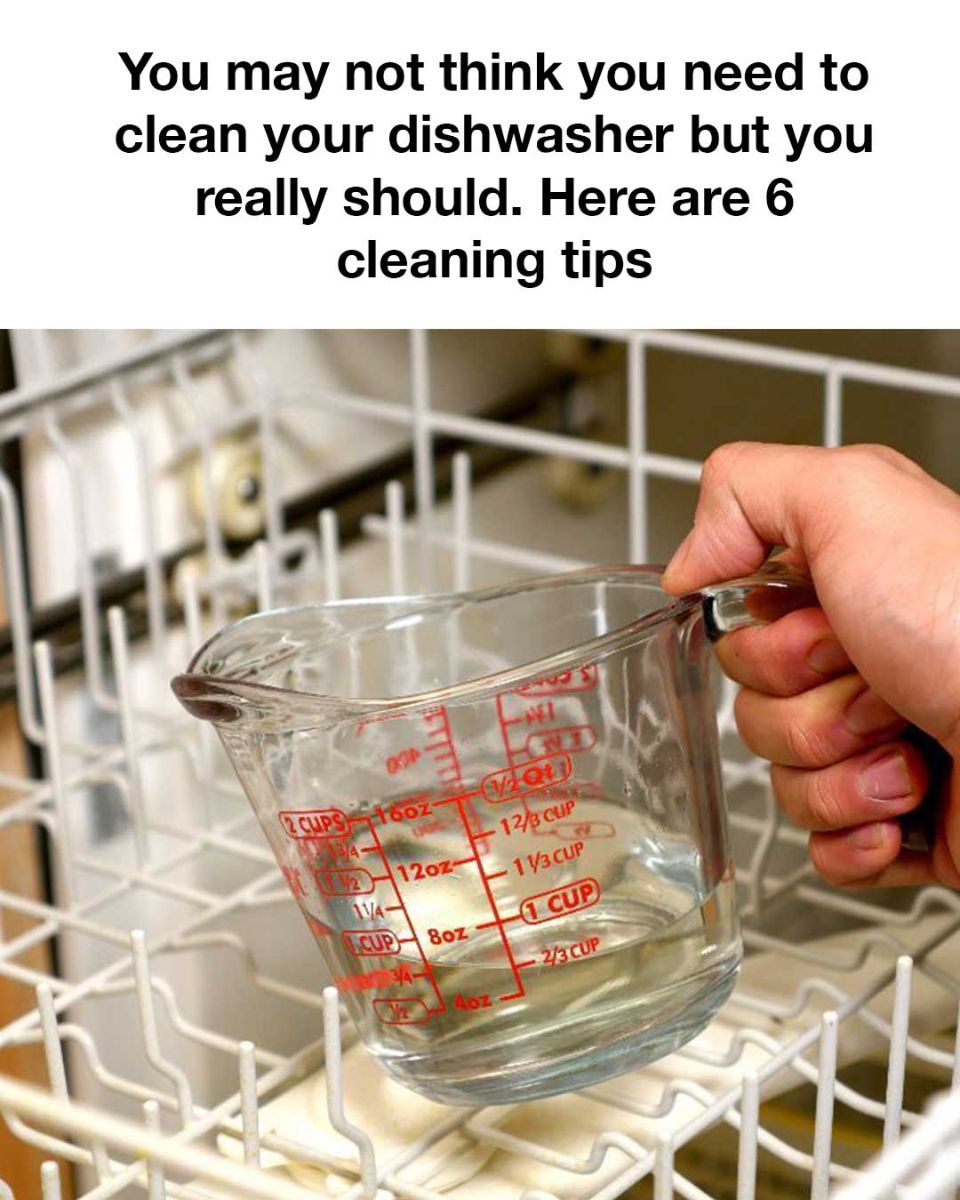Dishwashers are among the most essential yet often overlooked appliances in our kitchens. They work tirelessly to clean our dishes, but how often do we return the favor? Cleaning your dishwasher is important not just for hygiene but also for maintaining its efficiency and prolonging its lifespan. Many people might not realize how much residue, food particles, and soap scum can accumulate in a dishwasher, leading to unpleasant odors and even machine malfunctions.
Curious about why you should clean your dishwasher? This article will explain the compelling reasons behind it and guide you through some simple yet effective cleaning tips. Investing a little time in dishwasher maintenance can save you from the inconvenience and cost of repairs down the line. Read on to discover six easy cleaning tips that will keep your dishwasher in tip-top shape and enhance its performance. You might be surprised at how straightforward the process is!
1. Empty and Inspect
Before you start cleaning, ensure that your dishwasher is completely empty. Remove all the racks and utensil holders to get better access to the nooks and crannies. Check the drain at the bottom of the dishwasher for any debris, food particles, or buildup that may have collected over time. Carefully remove any gunk with a paper towel or brush.
2. Clean the Filter
One of the most important parts of your dishwasher to clean regularly is the filter. A clogged filter can reduce your dishwasher’s efficiency and lead to dirty dishes. Locate the filter at the bottom of your dishwasher (consult your manual if you’re unsure). Remove it and soak it in warm, soapy water for about 15 minutes. Use a soft brush or sponge to scrub away any remaining debris, then rinse it well and place it back.
3. Wipe Down the Door and Gaskets
The door and gaskets can accumulate grime and food particles. Mix a solution of equal parts white vinegar and water. Soak a cloth in the solution and wipe down the door edges and gasket areas thoroughly. This helps to remove any residue that could lead to mold or mildew growth.
4. Use Vinegar for a Deep Clean
Next Page

